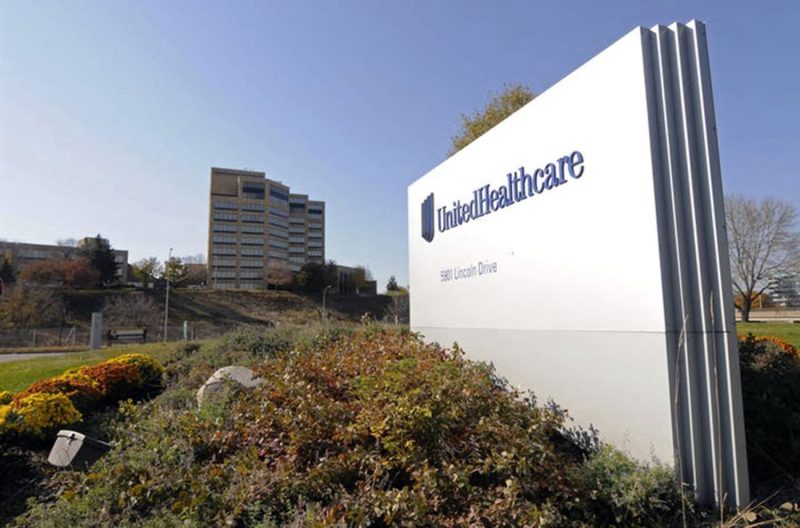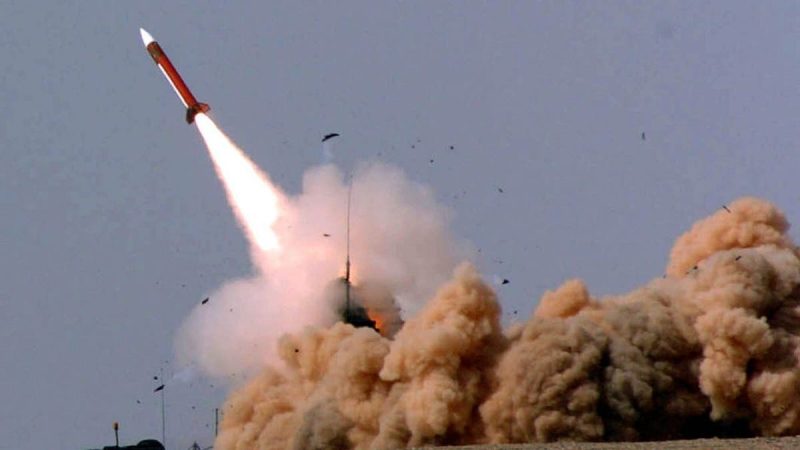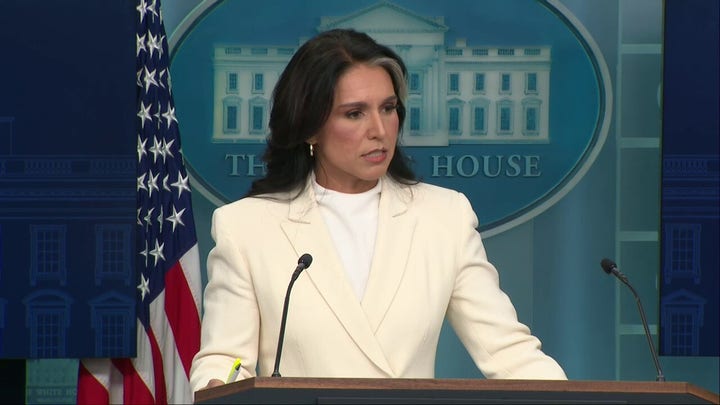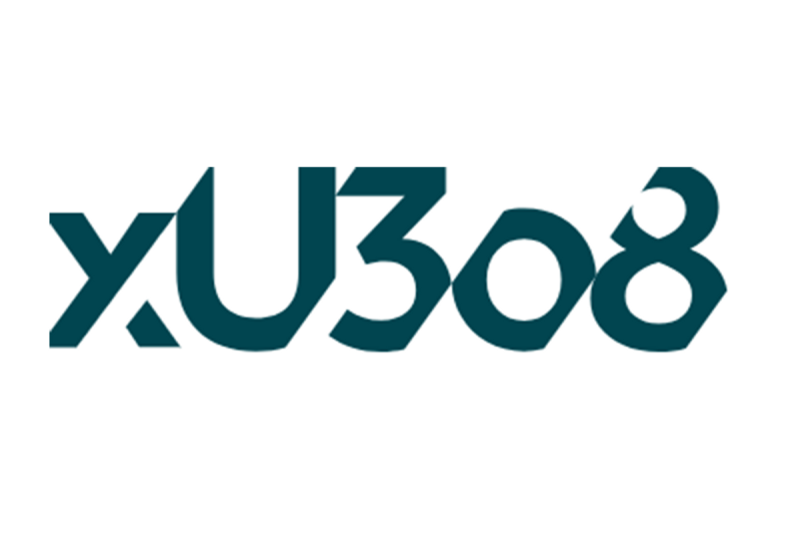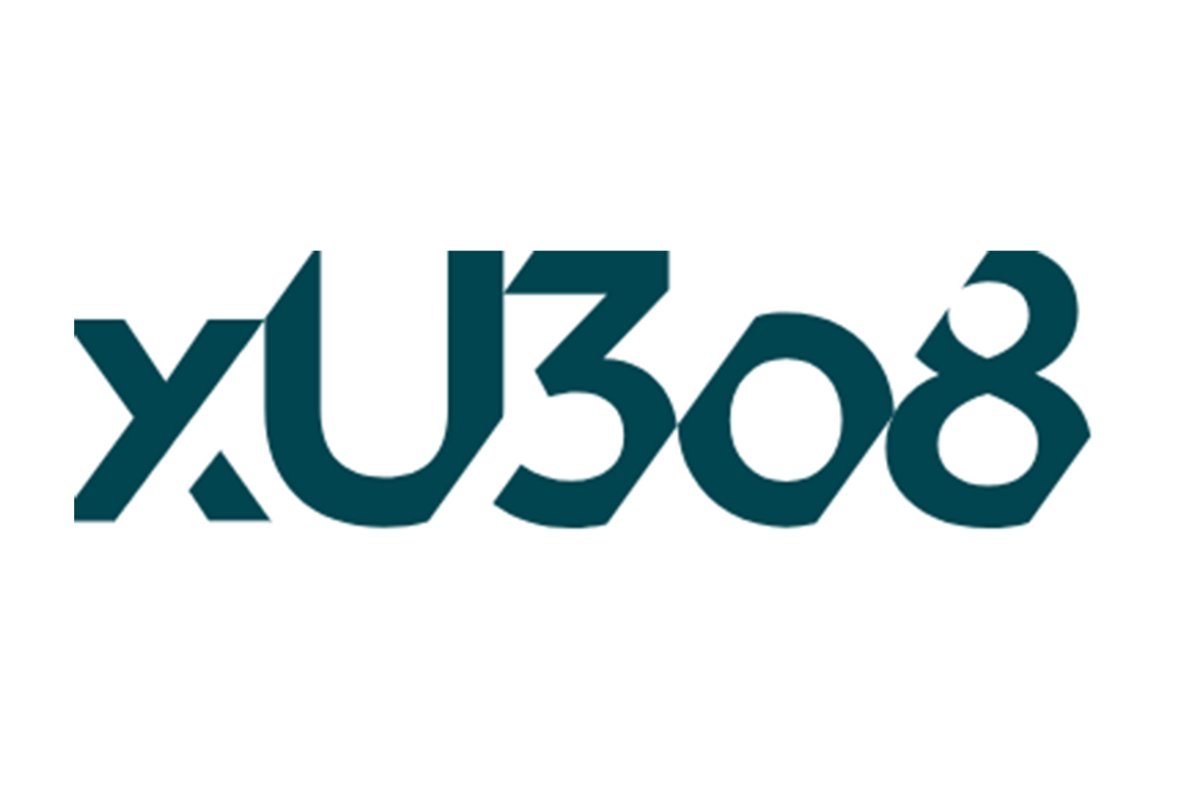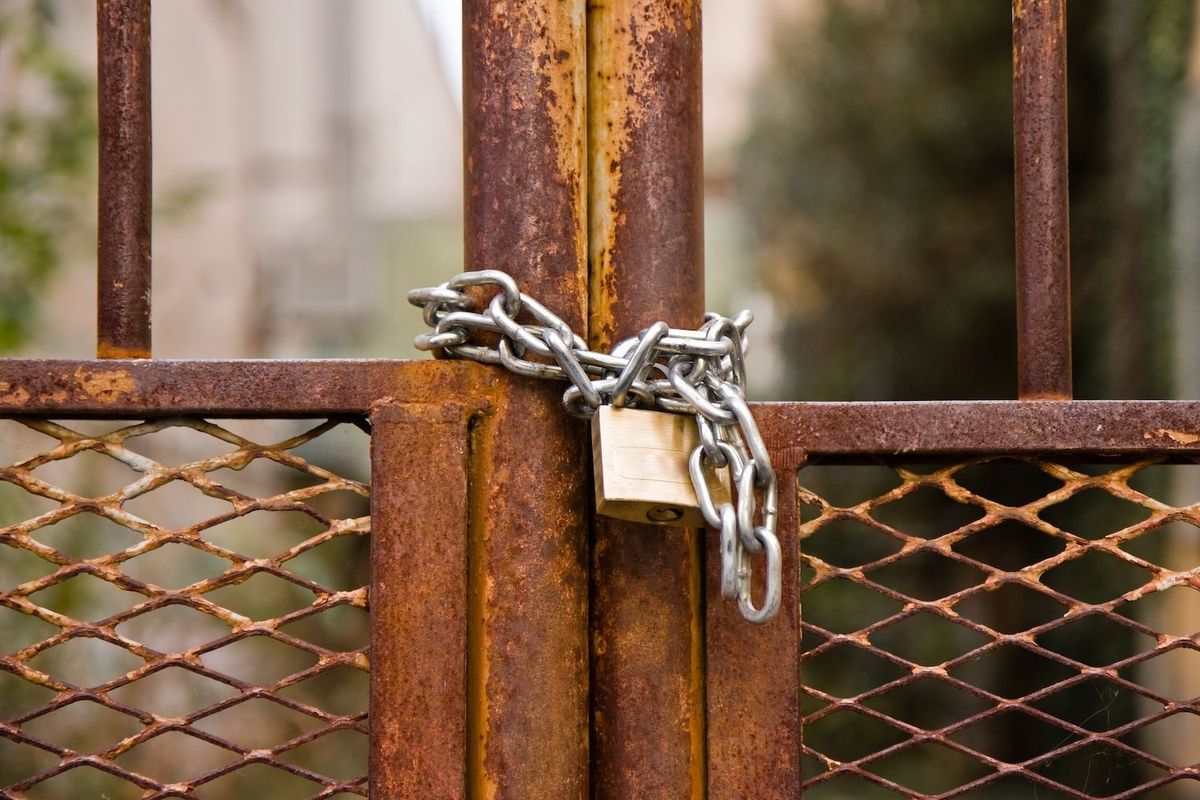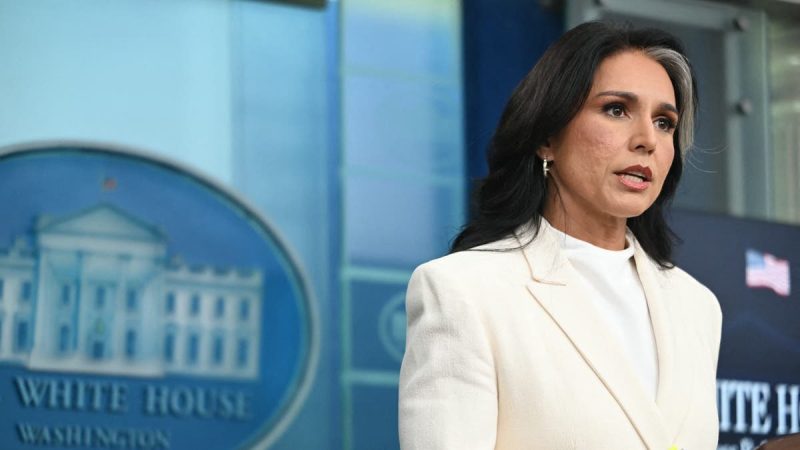
Lies and lying people comprise the sorry epitaph of Barack Obama’s presidency.
The Big Lie was that then-candidate Donald Trump colluded with Russia to rig the 2016 presidential election. It derived from a phony dossier commissioned and financed by former Secretary of State Hillary Clinton that Obama’s national security team happily peddled to destroy his successor.
It begat an even bigger whopper that ‘Putin and the Russian Government developed a clear preference for President-elect Trump’ and ‘aspired to help’ his election chances. This notorious deceit was inserted in the official Intelligence Community Assessment (ICA) that was ordered by Obama himself and conjured up by his CIA Director John Brennan.
None of it was true.
The bogus dossier was exploited to justify the ICA. Conversely, the ICA was used to legitimize the dossier. The circular faux verification was a clever ruse. And it worked splendidly. When both documents were leaked to the gullible Trump-hating media, journalists adopted them without question as sacred gospel from the Holy Book of Obama. The Russia hoax took off like a rocket.
It crash-landed on Wednesday, July 23, when Tulsi Gabbard, the director of National Intelligence, accused Obama, Brennan and others of engineering the false intelligence. ‘They knew it would promote this contrived narrative that Russia interfered in the 2016 election to help President Trump win, selling it to the American people as though it were true. It wasn’t,’ she added.
Newly declassified documents show that a December 8, 2016, draft of Obama’s Presidential Daily Briefing (PDB) debunked the notion of Russian electoral meddling to help Trump. But wait … that was problematic because it did not conform to the preferred narrative of Trump-Russia collusion. So, FBI Director James Comey and his cohorts reportedly scuttled it. That way, Trump, as president-elect, could not be briefed on its contents.
The next day Obama convened a highly confidential meeting at the White House. The president ordered his intelligence cronies to expedite a new ICA that would reverse the PDB’s conclusion and energize the collusion fiction. With his marching orders in hand, Brennan immediately went to work on it.
His challenge was devising a way to contort the known evidence and contradict the consensus of nearly everyone else in the intelligence community. No problem. CIA experts on Russia who strenuously objected were sidelined and silenced. Brennan ignored their warning that there was no direct evidence that Russian President Vladimir Putin wanted to elect Trump.
Other intel agencies that typically contribute to the assessment were deliberately excluded to stifle dissent. Evidence shows that Brennan then selected a handful of sycophants — with only one principal drafter — to craft the entire ICA that bore little resemblance to the truth and established facts.
On January 6, 2017, the rushed-to-completion ICA was produced. It offered a remarkable transformation from the earlier PDB: ‘Putin and the Russian Government aspired to help President-Elect Trump’s election chances when possible by discrediting Secretary Clinton and publicly contrasting her unfavorably to him.’ (Page 7 of ICA)
The head-spinning about-face of intel conclusions was an immaculate conception of corrupt handicraft that belongs in the Intelligence Hall of Shame.
Although Brennan denied it, numerous delusions drawn from the fake dossier were placed in the formal intelligence assessment to give it the sustenance that it otherwise lacked. Armed with both fallacious documents, Comey then met with Trump later that day in a devious but misbegotten scheme to entrap him. It failed miserably because the newly elected president had no idea what the FBI director was talking about.
Obama’s dirty fingerprints were all over the cooked-up intelligence claiming that Moscow helped Trump in some grand collusion conspiracy. On Wednesday, Gabbard held a news conference to lift the veil of secrecy and malevolence. She leveled the following broadside:
‘President Obama, Hillary Clinton, John Brennan, James Clapper, James Comey and others, including their mouthpieces in the media, knowingly lied as they repeated the contrived narrative that was created in this January 2017 intelligence community assessment with high confidence, as though it were fact.’
Mincing no words, Gabbard accused Brennan of lying about his use of the dossier even though he knew it was a discredited and politically manufactured document. ‘He directed senior CIA officials to use it anyway,’ she said.
Other intel agencies that typically contribute to the assessment were deliberately excluded to stifle dissent.
As ‘irrefutable proof,’ she unlocked the 2020 report of the House Intelligence Committee that had never before been seen publicly, thanks to the machinations of then-Rep. Adam Schiff, D-Calif., who buried it as classified in a limited-access vault at CIA headquarters. The report outlined in detail the events that I summarized above.
It was easy to do so because many of them are contained in the book I wrote six years ago, ‘Witch Hunt:’ ‘John Brennan was instrumental in proliferating the dossier. But even before the Clinton campaign and Democrats funded Christopher Steele’s project to smear Trump with the collusion hoax, the seeds of the collusion narrative were germinated by none other than Brennan.’ (Pages 66-67)
I recounted how Brennan boasted to the House Intel Committee in May of 2017 that he had been the first to alert the FBI about collusion. ‘As he exerted uncommon pressure on the FBI to pursue a counterintelligence probe on Trump, he resolved to help spread the false allegations to Congress and the media. He politicized phony intelligence and instigated the fraudulent case against Clinton’s opponent.’ (Page 68)
The Russians never had ‘Kompromat’ (compromising material) on Trump, as the dossier falsely accused. But they apparently did have it on Hillary. And that proved quite a stunner on Wednesday.
The heretofore hidden House Intelligence report reveals how Russian intelligence ‘possessed DNC communications that in 2016 Clinton was suffering from ‘intensified psycho-emotional problems, including uncontrolled fits of anger, aggression, and cheerfulness.’ Clinton was placed on a daily regimen of ‘heavy tranquilizers’ and while afraid of losing, she remained ‘obsessed with a thirst for power.’’
Obama and Democrat Party bosses apparently knew all about Clinton’s mental instability and found it ‘extraordinarily alarming.’ So much so, they worried it might have a ‘serious negative impact’ on the November election.
Unlike the dossier, those shocking discoveries were not just idle gossip. The committee reviewed reams of source material and obtained corroboration during some 20 interviews with FBI agents and intelligence officers.
How did the Russians get their hands on the damaging material? The report explains that Putin ordered hacking operations on the Clinton campaign and the Democratic National Committee. It seems that since Putin believed Hillary would win the election, he held the ‘Kompromat’ in his back pocket to use as potential blackmail for later use.
His challenge was devising a way to contort the known evidence and contradict the consensus of nearly everyone else in the intelligence community. No problem. CIA experts on Russia who strenuously objected were sidelined and silenced.
In sending a criminal referral for possible prosecution to the Justice Department, Gabbard stated, ‘The evidence that we have found and that we have released directly point to President Obama leading the manufacturing of this intelligence assessment.’
In response, the DOJ announced that it had formed a ‘strike force’ to fully assess all the evidence and to investigate the next legal steps. Attorney General Pam Bondi vowed to ‘leave no stone unturned to deliver justice.’
Obama denies any wrongdoing. But he should thank Trump for winning the recent landmark Supreme Court decision that provides all presidents with immunity. Ironically, the former president can now hide behind its broad protections. However, no such shield extends to others involved.
It is folly to predict at this stage what prosecutions, if any, the future may hold. But the stain of corruption is already embedded in the epitaph of Obama’s presidency.
This post appeared first on FOX NEWS






